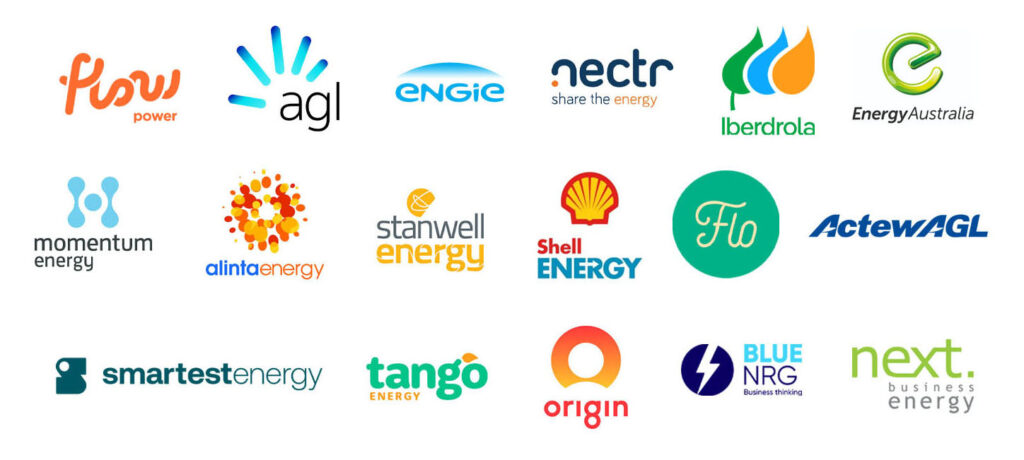With innovation comes opportunity and scientists are making the case for how electric vehicles can help balance the energy grid through a concept known as batteries on wheels.
Aside from the obvious benefits of electric vehicles, industry experts believe they can help stabilise the grid as it transitions to renewable energy.
The New South Wales Electric Vehicle Strategy plans to make use of them as batteries on wheels.
There are three ways that electric vehicles can be harnessed to improve energy grid stability and this involves:
- Managing EVs as a distributed energy source (batteries on wheels)
- Smart energy management
- Integrating renewables
Managing EVs as batteries on wheels
Cars are parked for most of their life and they can be turned into batteries on wheels – through a Vehicle to Grid (V2G) setup.
The concept is simple. EV batteries can be used to provide power to the grid during times of peak energy demand, and then recharge when demand is lower.
EV owners would also stand to gain financially through this setup because they can sell energy into the grid when prices are high and buy back in when prices are cheap.
But buying and selling is not the only approach.
EV owners can use their batteries to power their homes in the evening when demand is high and then set the vehicle to charge back up when demand is low, during the early hours of the morning for example.
Researchers at the University of Rochester in the US recently published a paper showing how EV owners can save between AU$ 170 and $210 per year by selling EV battery power into the grid.
The electricity grid system was never meant to be omnidirectional.
It was designed to take power from where it is generated to where it will be consumed.
The grid has evolved and the technology has advanced to a point where electricity generated by, for example, rooftop solar, can be sold back into the grid.
The same holds true for EV charging infrastructure.
How V2G works
- The EV battery is charged during off-peak hours, typically in the middle of the night.
- The user commutes to work and uses a fraction of the battery capacity while doing so.
- While the user is at work, the idle car is plugged into the grid at peak hours and electricity is sold back to the grid if the grid operator needs it.
- Some battery capacity is reserved to travel back home.
- The cycle is repeated.
Smart energy management
Smart energy management involves the use of technology to distribute power intelligently to the grid to make sure that energy is there where and when it is needed.
Computers with complex software balance demand over the day using real-time load management. This makes it easier to overcome grid capacity limits without expensive upgrades to the grid.
Managing, monitoring, and adjusting energy distribution through energy management algorithms allow the grid and EC charging infrastructure to work in synchronisation for optimal performance.
Integrating Renewables
Wind and solar are the most common renewable energy sources used to charge the EV sector.
The most common setup is for charging stations to have their renewable energy generation hooked up to a battery array, which is then used to charge the EVs.
This cuts out the need for energy to be transported through the grid from offsite generation.
That being said, it is still possible to opt for the latter approach but the energy will be subject to transmission charges and supply and demand factors.
What is V2X?
V2G stands for Vehicle to Grid, as we have already discussed. V2X refers to vehicle to anything.
So this could mean that an EV could be plugged into an office block while it is parked, and its electricity used onsite.
V2X turns EV charging from an electrical demand response to a battery solution. It enables the use of the battery 10 times more efficiently compared to unidirectional smart charging.
Interested in the benefits of hosting an EV charger?
Leading Edge Energy has published a series of EV vehicle articles as part of our progressive approach to embracing developments in the energy sector.
You can read about the benefits of your business hosting an EV charging station and how much it costs to charge an EV.
If you want to chat about EV developments with expert energy brokers in Australia, give us a call on 1300-852-770 or drop us an email at info@leadingedgeenergy.com.au and one of our Energy Management Consultants will get in touch with you.
We source, analyse, compare and rank commercial, industrial and multisite energy quotes. Obligation Free.
Chat with one of our experienced consultants today and get the insights your business needs to help manage the risks associated with volatile electricity and natural gas markets. Our energy procurement service is obligation-free and provides a time-saving way of securing lower energy rates from our panel of energy retailers.















